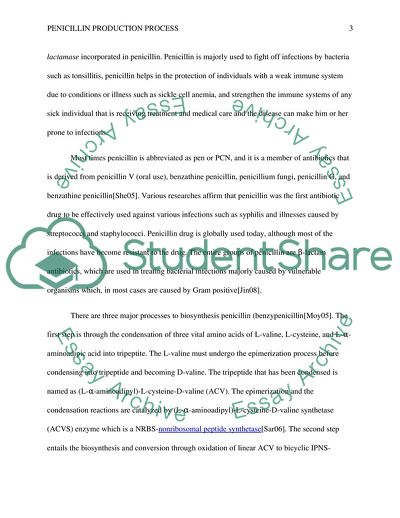Cite this document
(Penicillin Production Process Report Example | Topics and Well Written Essays - 2250 words, n.d.)
Penicillin Production Process Report Example | Topics and Well Written Essays - 2250 words. https://studentshare.org/chemistry/1813971-fine-chemical-assignment
Penicillin Production Process Report Example | Topics and Well Written Essays - 2250 words. https://studentshare.org/chemistry/1813971-fine-chemical-assignment
(Penicillin Production Process Report Example | Topics and Well Written Essays - 2250 Words)
Penicillin Production Process Report Example | Topics and Well Written Essays - 2250 Words. https://studentshare.org/chemistry/1813971-fine-chemical-assignment.
Penicillin Production Process Report Example | Topics and Well Written Essays - 2250 Words. https://studentshare.org/chemistry/1813971-fine-chemical-assignment.
“Penicillin Production Process Report Example | Topics and Well Written Essays - 2250 Words”. https://studentshare.org/chemistry/1813971-fine-chemical-assignment.


